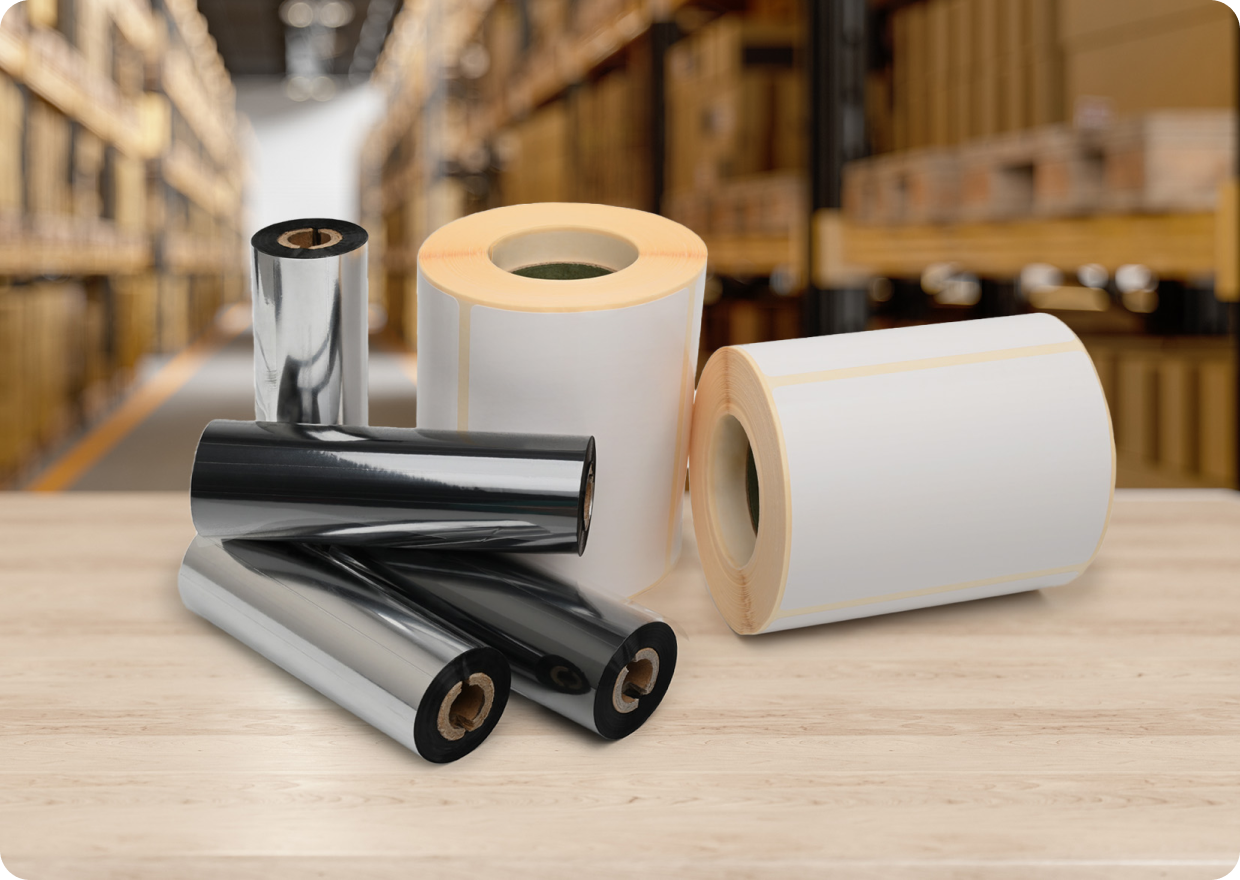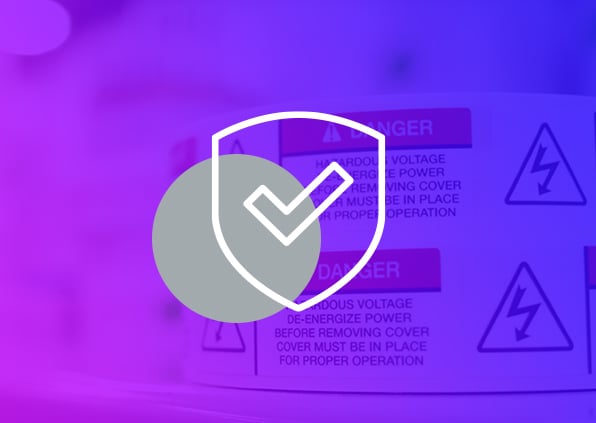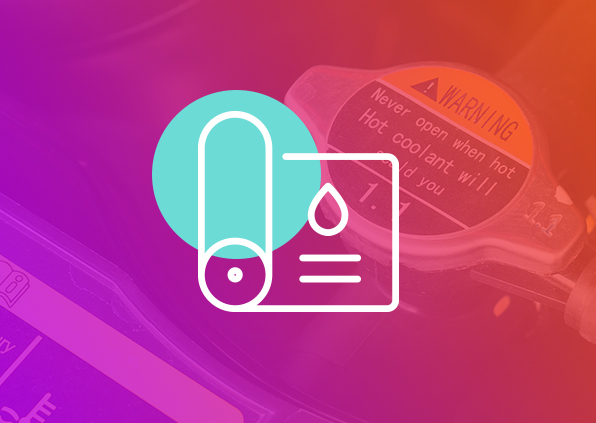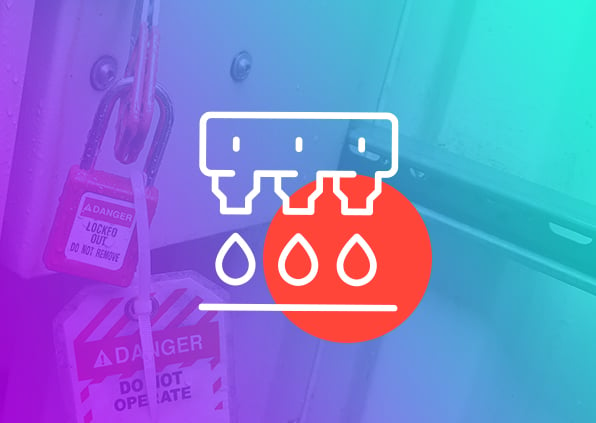Thermal labels are widely used across many industries. In the past, thermal transfer labels have dominated, but as direct thermal labels become more common, there may be confusion about which technology is better. How do you decide between thermal transfer labels and direct thermal labels?
Thermal Transfer and Direct Thermal Labels Defined
Direct thermal labels do not use a thermal ribbon. They use a heat-sensitive label material. Thermal printheads make direct contact with the label material in direct thermal printing. These labels are intended for a shorter life span as the image will fade with time.
In the past, direct thermal labels were mostly used for only a few applications, such as meat, poultry and dairy packaging. Modern improvements in thermal paper now make it possible for direct thermal labels to be used in more environments, such as shipping labels, pharmaceuticals and retail receipts.
Thermal transfer labels use a thermal ribbon. Thermal printhead elements heat the reverse side of the thermal ribbon during printing, causing the ribbon material to melt and transfer to the label surface. These labels create permanent images that will not fade.
When To Use Thermal Transfer vs. Indirect Thermal Labels
The main thing to consider when choosing which type of label to employ is the desired longevity of the label. If the label must have a life span longer than a few months, the clear choice is thermal transfer. However, if the label is for short term use, then other factors must be considered.
Cost
Direct thermal labels are slightly more expensive at face value. However, some of this cost difference is offset by lower maintenance costs (discussed in more detail below).
Procurement and Inventory
Direct thermal labels have one consumable compared to two for thermal transfer labels. This requires fewer item SKUs to be procured, shipped, tracked and stored.
Maintenance
Direct thermal label printers typically have lower maintenance costs because they have fewer moving parts – no ribbon and ribbon-related hardware.
Downtime
Direct thermal printers typically have less downtime since there is no ribbon to replace.
Printhead Wear
Direct thermal labels are susceptible to contamination from dust and other foreign debris. The expected service life of printheads in direct thermal systems is considerably less than for thermal transfer systems.
Environmental Considerations
Direct thermal labels have a lower carbon footprint and create less waste.
A New Innovation: Direct Thermal Linerless Labels
Did you know that thermal labels don’t actually require a liner? By eliminating the liner, you can reduce waste and disposal costs by cutting out the 50% of raw material that gets thrown away. Using this type of label can add flexibility and efficiency to a variety of manufacturing operations.
Linerless labels have a silicone coating on the facestock that is specifically engineered to prevent the labels from sticking to the rest of the roll. They can be cut to exactly the right length for each type of label needed, so there is less wasted white space between labels. The stock is thinner, lighter and enables far more labels to fit on each roll. The rolls themselves are longer, lighter and take up less space. These advantages allow manufacturers to reduce their ongoing distribution, storage and labor costs.
Benefits of Linerless Label Construction
Linerless labels have been developed in partnership with leading weighing scale and printer manufacturers. Their phenol-free construction represents the future of thermal paper chemistry. They are available with both permanent and repositionable adhesives. Benefits of these labels include:
- Minimal dusting and adhesive accumulation extends device maintenance cycles.
- Decreased safety risks because liner waste doesn’t pile up on the shop floor.
- Direct thermal coatings are optimized for crisp text and accurate bar code scanning.
- Food safety compliance is comparable to standard direct thermal labels and in compositional compliance with U.S. Food and Drug Administration regulation 21 CFR 175.105 – Adhesives.
- Manufacturing is compliant with the ISO 22000 food safety management standard.
Your business relies on these labels to convey key information. Choosing the right label can help improve operational efficiency. Talk to your label supplier to make sure you’re striking the right balance between label performance and cost optimization.










